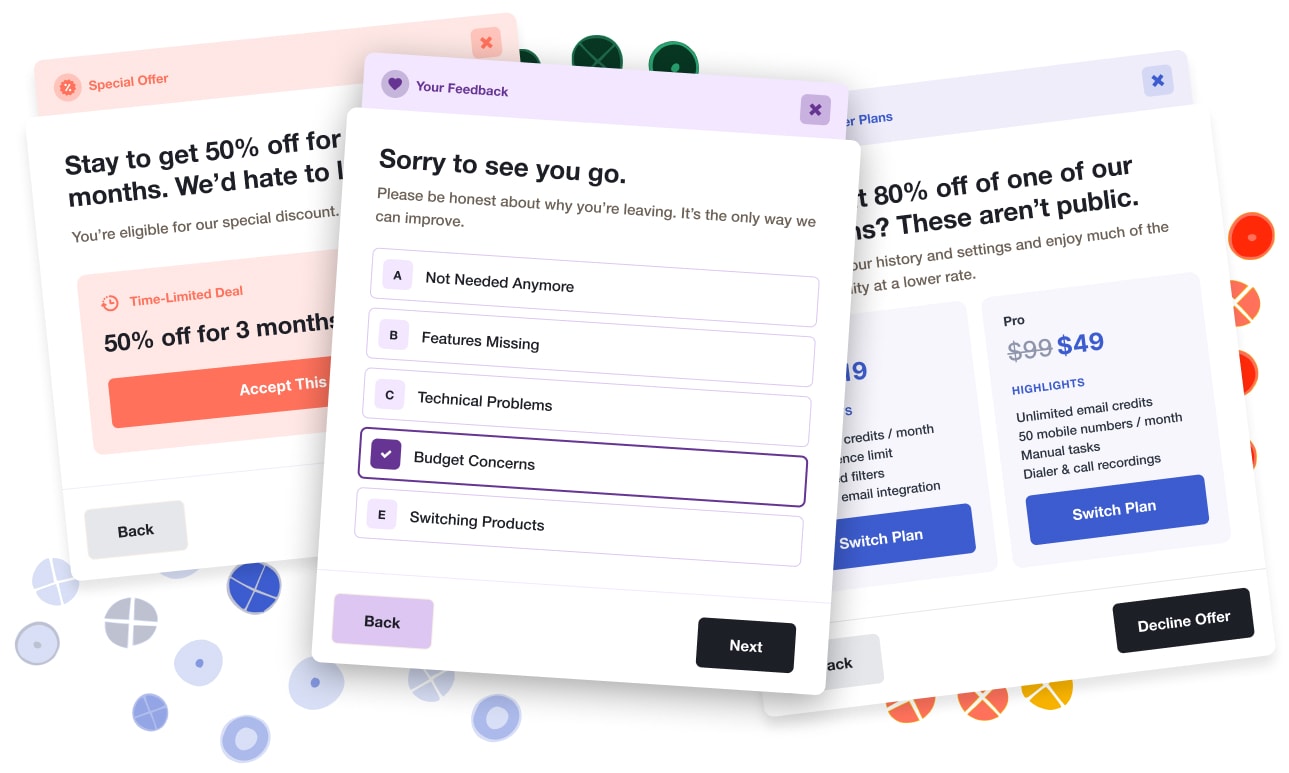How to Use Trial Extensions to Convert More Trialing Users
Learn how to use trial extensions to optimize trial conversion rates for Product-Led Growth SaaS Companies. In this post, we explore strategies, trial types, and tactics to convert more trialing users into paying customers.

The SaaS landscape is incredibly competitive, especially for product-led growth (PLG) companies. That’s why optimizing for trial conversions is critical. Trial conversions are the lifeblood of PLG strategies, transforming curious trial users into loyal, paying customers. This blog post will delve into why optimizing trial conversions is paramount and how leveraging trial extensions can significantly enhance conversion rates.
The Importance of Optimizing Trial Conversions for PLG SaaS Companies
For PLG SaaS companies, the product itself is the primary driver of customer acquisition and retention. This means that every interaction a user has with the product during their trial period is crucial. Optimizing these interactions can dramatically increase the likelihood that a trial user will convert to a paying customer.
When users are on a trial, they are exploring the product, assessing its value, and determining if it meets their needs. Ensuring a seamless and engaging trial experience can make the difference between a user who churns and one who subscribes. This is where trial optimization strategies come into play.
Strategies to Optimize Trial Conversions
There are numerous ways to optimize trial conversions, including:
- Enhanced Onboarding: A smooth, informative onboarding process helps users quickly understand how to use the product and realize its value.
- Effective Email Sequences: Timely and relevant email communications can guide users through the trial, highlight key features, and encourage engagement.
- Robust Customer Support: Providing accessible and responsive support can help users overcome any hurdles they encounter during the trial.
While these strategies are effective, one of the most impactful methods is offering trial extensions within the trial cancellation flow.
Leveraging Trial Extensions to Boost Conversions
Offering trial extensions is a powerful strategy to retain potential customers who might be on the fence about converting. Here’s how you can implement this strategy effectively:
Build a cancellation flow specific to trialing customers
You’ll want to create a cancellation flow tailored specifically to users who are still in their trial period. This flow should be designed to address the unique concerns and objections of trial users.

Customize the copy to encourage activation & engagement
Copy is key when it comes to cancel flows. Make sure you use persuasive and supportive language that encourages trial users to continue exploring the product, while highlighting the benefits and key features they might have missed.
Personalize the survey results for trialing customers
When you have trialing users who are attempting to cancel, it’s vital to collect feedback that allows you to understand their reasons and pain points. Try to personalize the cancel flow survey to capture specific insights about their trial experience.

Include a trial extension offer
Here’s the most important step: always offer an extension to users who are canceling at the end of their trial period. A good rule of thumb is to extend the trial by the same length as the original period. This gives users more time to explore the product and recognize its value.

Regularly report on success
You can’t improve what you don’t examine. That’s why it’s vital to track and anlyze the performance of your trial extension strategy. Regularly reporting on its success helps you see what’s working and what’s not, allowing you to fine-tune and optimize your cancel flow and trial extension offer.

Offer Differentiated Trial Lengths with Churnkey
The optimal trial length depends largely on the type of customer you’re offering the trial extension to. Churnkey allows PLG companies to create differentiated trial lengths based on user familiarity and engagement.
Familiar users
For users who are already somewhat familiar with your product, you could choose to offer a shorter 7-day trial. This creates a sense of urgency and encourages quicker decision-making.
New users
When it comes to brand-new users, it’s typically best to provide a longer 30-day trial in order to ensure that they have enough time to explore the product and its features. This approach can help highlight the value of premium plans and encourage deeper engagement.
Determining The Right Trial Extension Length
There is no one right trial extension length. The appropriate length will always depend on the nature of your business and product. For example…
- B2C SaaS Tool: A consumer-facing tool like a fitness app or photo editing software might offer a 14-day trial. This period is typically sufficient for users to explore the features and decide if it fits their needs.
- CRM Software: Business-oriented tools like CRM software often require longer trial periods, such as 30 days. This extended trial allows businesses to fully integrate the tool into their workflows and assess its impact.
By strategically using trial extensions and customizing trial lengths, PLG SaaS companies can significantly enhance their conversion rates. Churnkey offers the tools and insights needed to implement these strategies effectively, helping businesses retain more trialing users and convert them into loyal customers.
